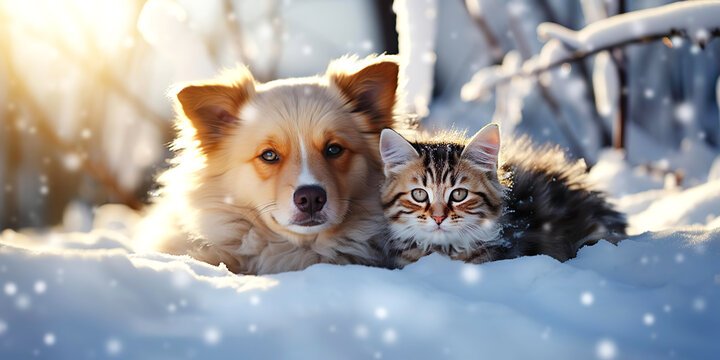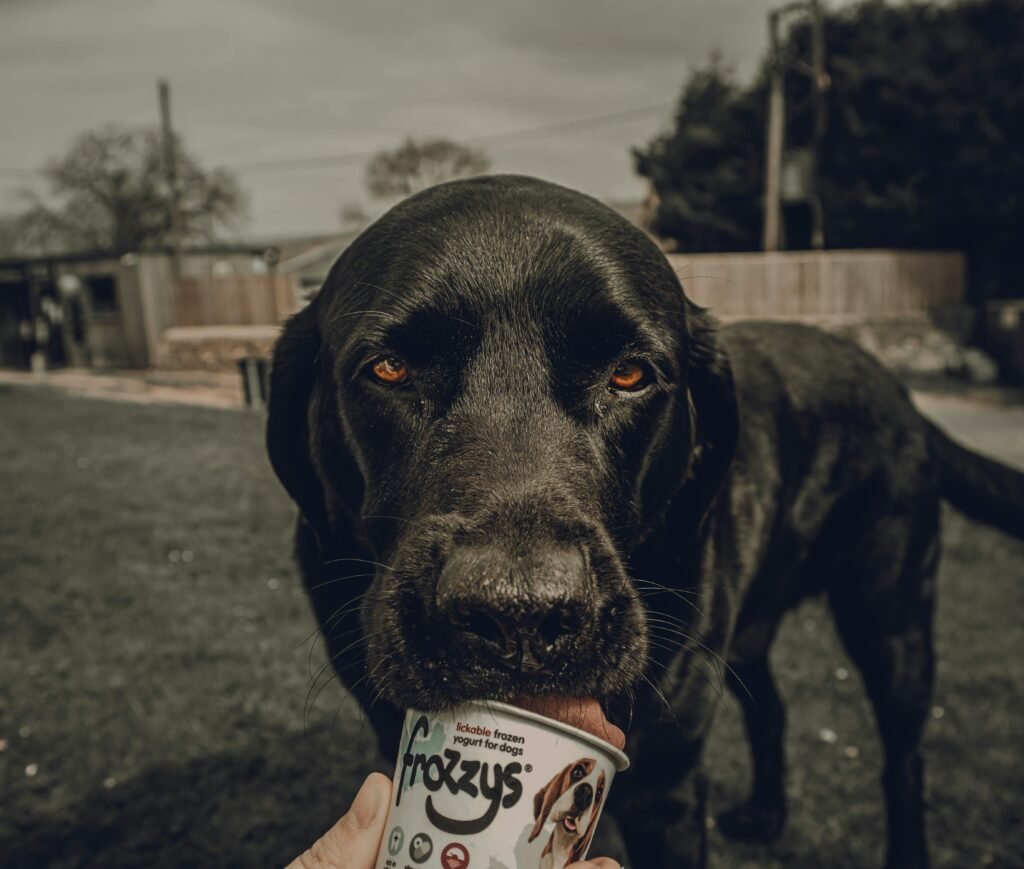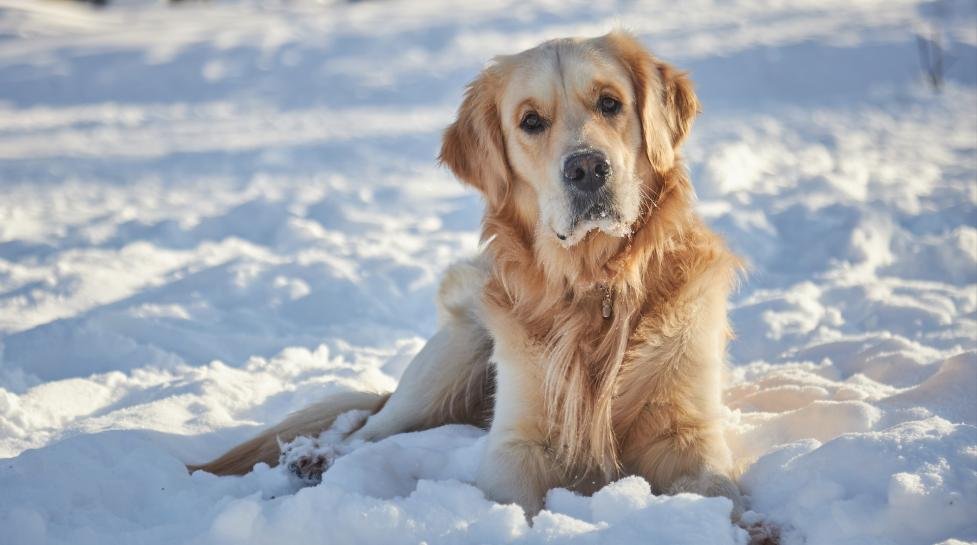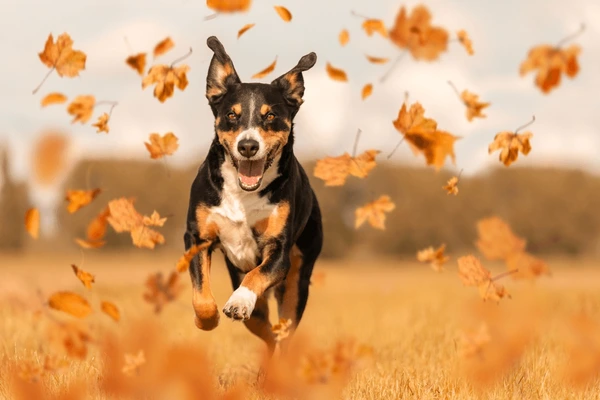A Complete Guide to Caring for Pets Through Every Season

Introduction
Pets, much like humans, undergo environmental changes with the shift of seasons. From scorching summers to chilling winters, every season comes with its own set of challenges and grooming rituals for your pet. If you have a dog, cat, rabbit or even a bird as a pet, it is important to know how to care for them.
In this guide provided by Petfriends, we will help you navigate through seasonal and routine pet care: summer, winter , spring and fall. Alongside vet-approved tips on enrichment activities, grooming and preventive care, we offer comprehensive advice tailored to your needs.
📌 Table of Contents Why Seasonal Care Is Important Summer Pet Care Tips ☀️
Winter Pet Care Tips ❄️
Spring Pet Care Tips 🌸
Fall Pet Care Tips 🍂
Grooming and shedding per season Diet Changes: Seasonal Adjustments Prevention For Infestations & Pests Final Safety Checklist Toward Permanent Wellness Pets Through Every Season
- Why Seasonal Pet Care Is Important
caring for pets by season
distance pet parenting
feline winter care
spring grooming for cats and dogs
pets and their health through the seasons
weather safety
year-round pet care guide
Potential Risks by Season:
| Season | Common Risks |
|---|---|
| Summer | Heatstroke, dehydration, paw pad burns |
| Winter | Hypothermia, frostbite, dry skin |
| Spring | Allergies, ticks, increased shedding |
| Fall | Fleas, cold weather onset, reduced daylight |
2. Summer Pet Care Tips ☀️
1. Prevent Heatstroke
Heatstroke is a serious concern. Never leave pets in cars and avoid outdoor play during peak heat (10 am–4 pm). Look for signs like:
- Heavy panting
- Drooling
- Vomiting
- Lethargy
Solution: Always provide access to shade and cool water. Use cooling mats and vests for dogs.
2. Protect Those Paws
Hot pavement can cause painful burns.
Test: Place the back of your hand on the ground for 5 seconds. If it’s too hot for you, it’s too hot for them.
Tip: Walk early in the morning or late evening.
3. Hydration Is Key
Offer hydrating treats (like frozen watermelon or bone broth cubes)
Keep multiple water bowls indoors and outdoors
Add ice cubes to drinking water

3. Winter Pet Care Tips ❄️
1. Dress for the Weather
Short-haired and small dogs benefit from sweaters or coats. Booties can protect paws from ice and salt.
Avoid: Metal bowls outside—they can freeze and cause tongue injuries.
2. Limit Outdoor Time
Cold weather can lead to hypothermia or frostbite—especially in kittens, puppies, and senior pets.
Signs of Cold Stress:
- Shivering
- Whining
- Reluctance to walk
- Limping or lifting paws
3. Moisturize Skin & Paws
Winter dryness affects pets too.
Tips:
- Use pet-safe paw balms
- Add a humidifier indoors
- Brush regularly to prevent mats in winter coats

4. Spring Pet Care Tips 🌸
1. Watch for Allergies
Pets can develop seasonal allergies to pollen, dust, and mold.
Common symptoms:
- Itchy skin
- Red, watery eyes
- Ear infections
- Excessive licking or chewing
Action: Consult your vet and ask about antihistamines or allergy-friendly shampoos.
2. Prepare for Parasites
Spring awakens fleas, ticks, and mosquitoes.
To-do:
- Start (or restart) monthly flea/tick prevention
- Use vet-recommended heartworm meds
- Inspect fur daily after outdoor walks
3. Manage the Shedding
Spring is shedding season! Brush your pet daily to manage hair and keep their coat healthy.

5. Fall Pet Care Tips 🍂
1. Flea and Tick Season Isn’t Over
Many owners stop flea prevention too soon. Continue meds until the first hard frost—and consult your vet about year-round options.
2. Watch for Toxins
Fall brings new dangers:
- Mushrooms
- Antifreeze spills
- Rodenticides
Tip: Supervise walks and yard time closely.
3. Adjust to Shorter Days
Pets may become restless with reduced daylight. Increase indoor enrichment and interactive play.

6. Grooming and Shedding by Season
Grooming routines should shift with the seasons.
| Season | Grooming Tip |
|---|---|
| Summer | Bathe more often to remove dirt and allergens |
| Winter | Brush regularly to remove dead skin and mats |
| Spring | Use de-shedding tools daily |
| Fall | Trim paw hair to prevent matting from wet leaves |
Universal Grooming Advice:
- Use pet-specific shampoos
- Avoid over-bathing—dry skin risks
- Schedule professional grooming when needed
7. Seasonal Diet Adjustments
Just like us, pets may need small dietary tweaks depending on the weather.
Summer:
- Increase water intake
- Offer hydrating fruits (like cucumbers or blueberries)
- Avoid high-fat treats during heat
Winter:
- Active pets may need more calories
- Add omega-3s to reduce dry skin
- Use warm (not hot) water for hydration boosts
Spring & Fall:
- Use treats during training to stay active indoors
- Check for weight gain as activity decreases
- Consider joint supplements for older pets

8. Seasonal Parasite Prevention
Don’t let parasites hitch a ride on your pet—ever.
Key Parasites to Prevent:
- Fleas – year-round risk indoors
- Ticks – peak in spring and fall
- Mosquitoes – summer carriers of heartworm
- Mites and lice – year-round, especially in colder months indoors
Prevention Tips:
- Monthly medications
- Regular brushing and inspections
- Wash pet bedding weekly
- Avoid tall grass or stagnant water areas
9. Final Safety Checklist for Year-Round Wellness
✅ Regular vet check-ups
✅ Monthly parasite control
✅ Adjust grooming per season
✅ Maintain hydration
✅ Provide seasonal enrichment (toys, walks, play)
✅ Update microchip and ID tags before vacations
✅ Create a seasonal emergency kit (first-aid, food, water)

Conclusion: Happy Pets in Every Season
Seasonal changes don’t have to stress your pet—or you. By adapting their care routine to match the weather, you’ll ensure they stay happy, healthy, and safe throughout the year. From hydration in the heat to grooming in the cold, a few thoughtful adjustments go a long way.
At PetFriends, we believe every season is better with a pet—and every pet deserves care that changes with the seasons.
